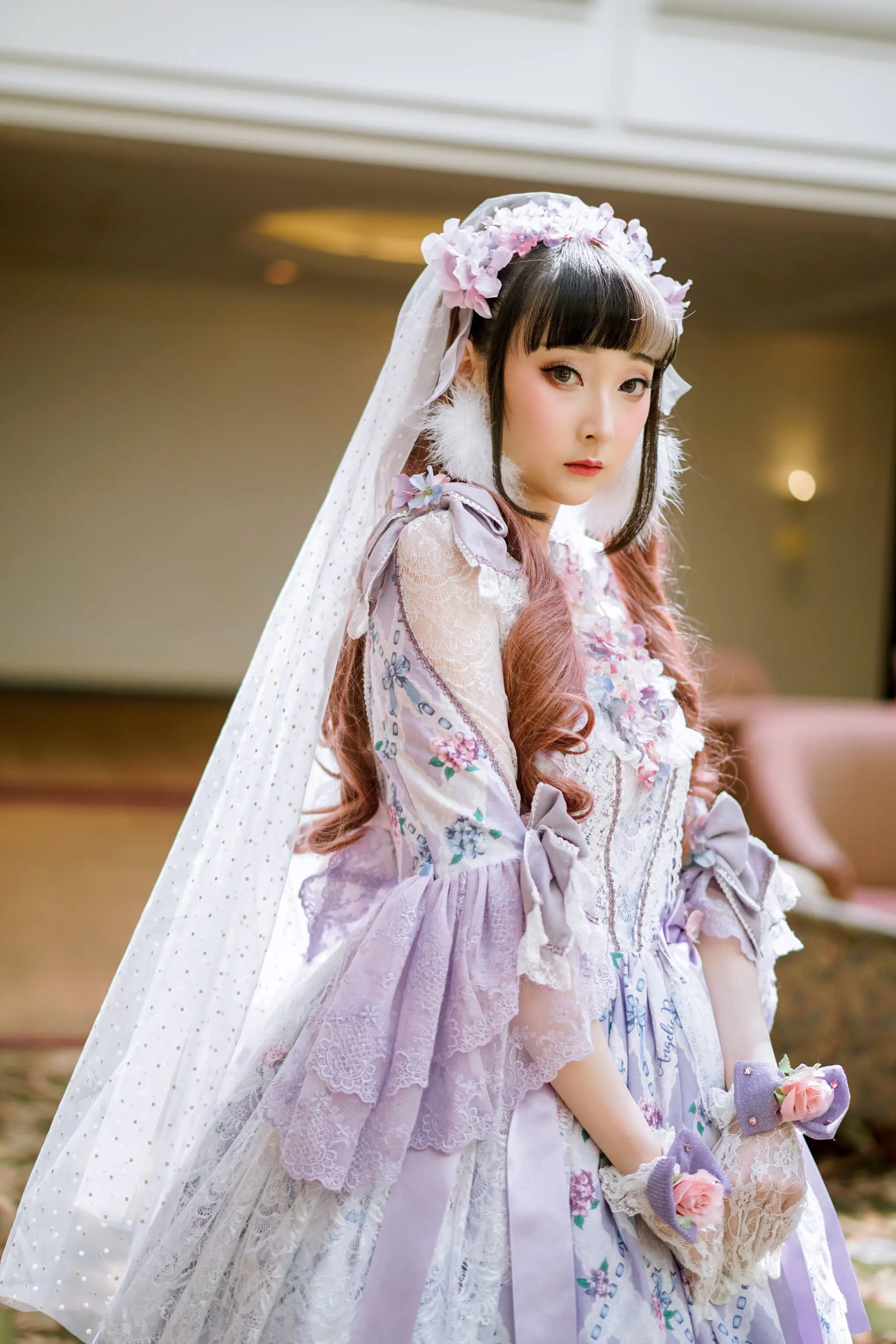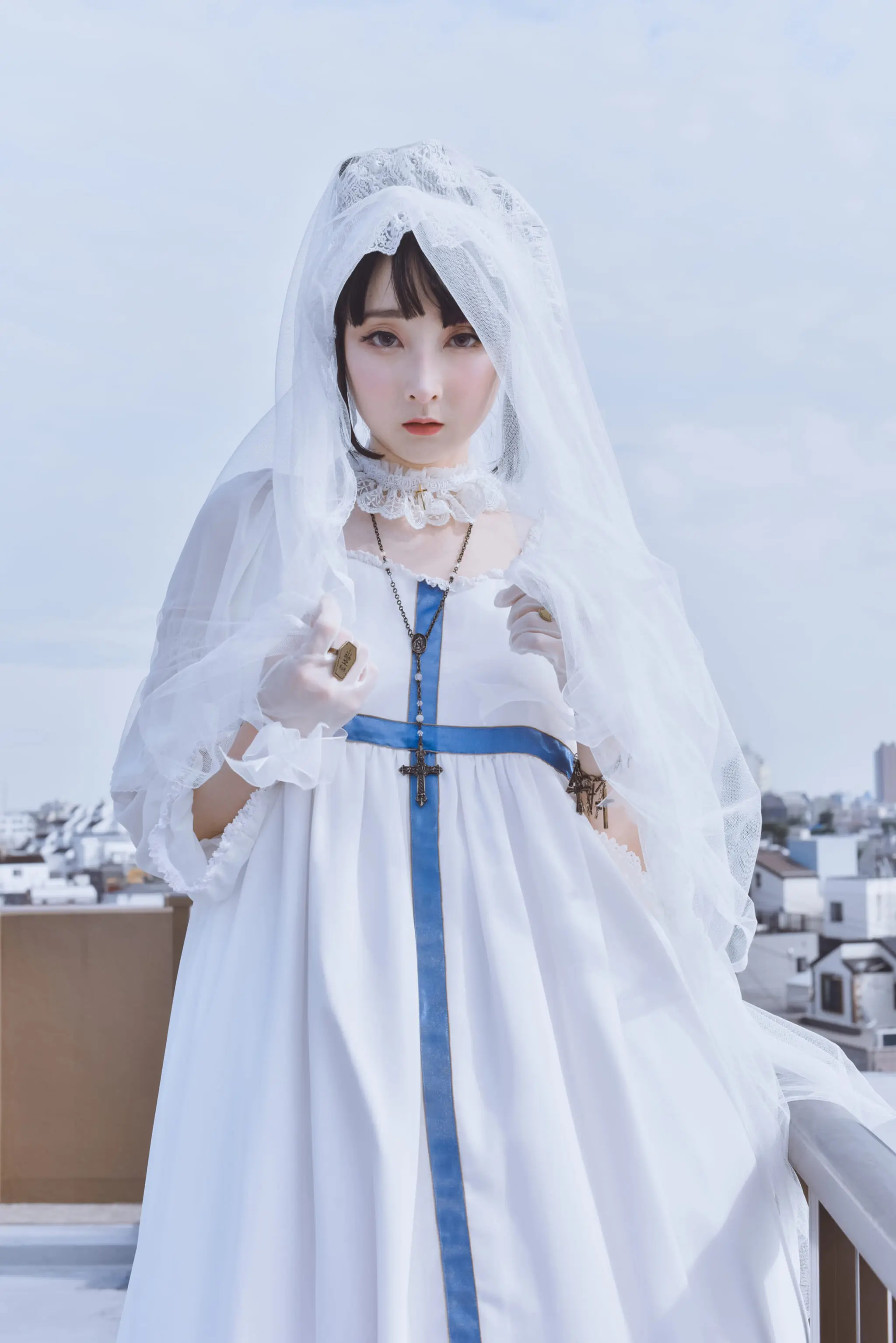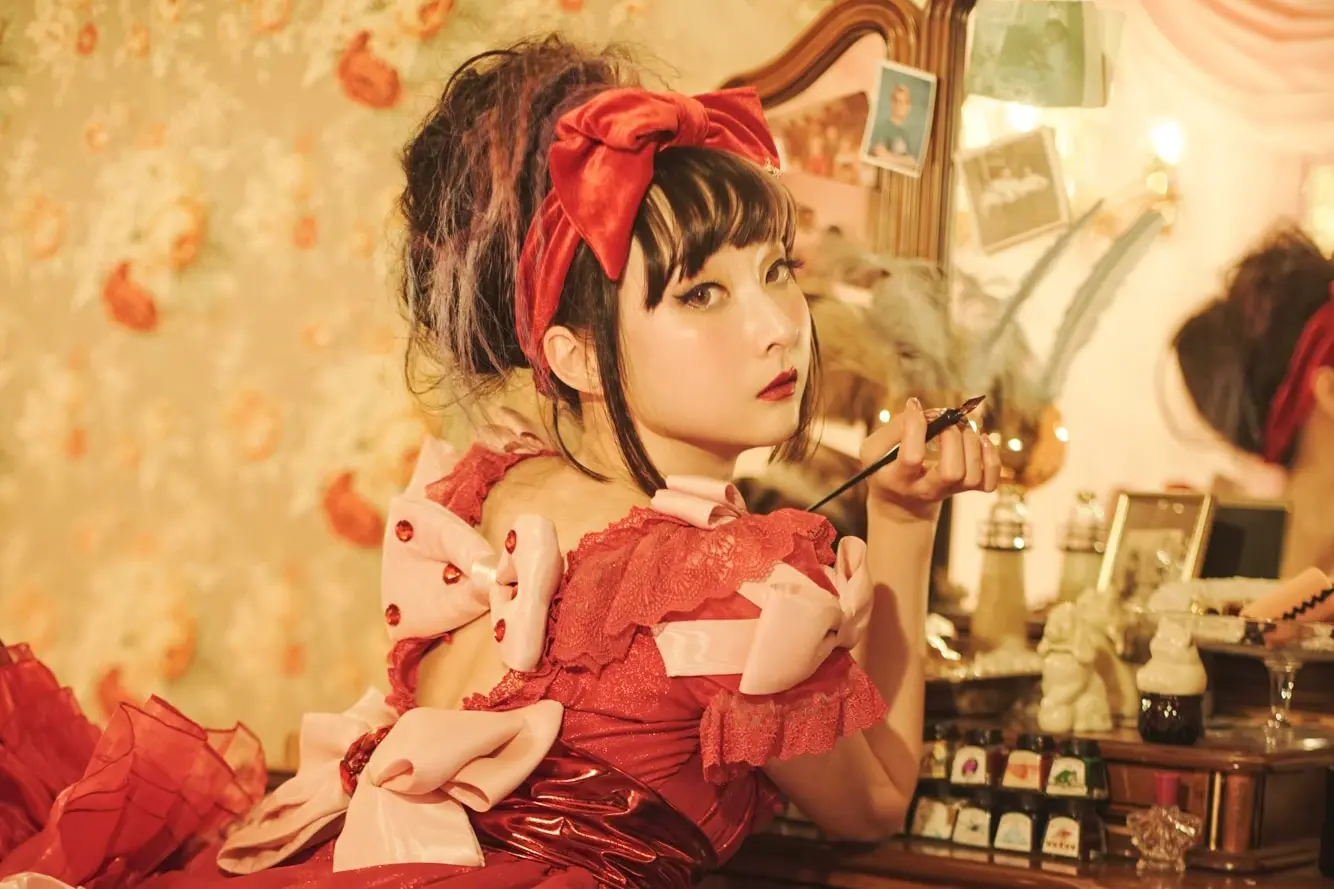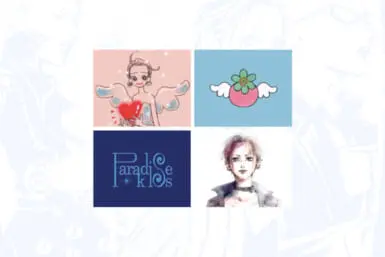RinRin Doll wore her first full Lolita outfit at the age of 19, when she was asked to model at an Angelic Pretty show in Los Angeles. Before that, she wasn’t at all into fashion and her wardrobe was mostly black.
“The moment I saw myself in the mirror I thought ‘oh, kawaii,’” she says. “It was so colorful. I had never, ever thought I was cute before. It was such a powerful moment for me to see myself and realize, ‘wow, I actually like that person staring back at me.’”
In Japanese fashion, Lolita refers to a subculture that is greatly influenced by Victorian clothing and styles from the Rococo period in the early 18th century. While highly subjective and personal to each individual, some of the hallmarks of Lolita fashion are a petticoat that helps to create a cupcake shape, blouses with frills and hair accessories such as hair bows and bonnets. Lolita can be seen as the general umbrella under which other subgenres exist, such as Gothic Lolita and Punk Lolita.
Today, RinRin Doll is a recognizable Lolita fashion icon. She has amassed a global following of fans through her work as a model, stylist and internet personality. RinRin Doll first became aware of Lolita when her best friend in high school brought her a copy of the Gothic & Lolita Bible from Japan, a spin-off of Japanese fashion magazine, Kera, but it wasn’t until she moved to Japan in 2009 on a scholarship that she was able to fully immerse herself in Lolita, which at the time, wasn’t readily available overseas.
Thanks to her connection with Angelic Pretty, she already had a strong foundation. Her other notable career highlights include her work as a dokusha model (a type of fashion influencer for print magazines), as an international guest at conventions and as a host on NHK Kawaii International.
“To me, Lolita lets you become a princess and makes you feel special about yourself,” she says. “Putting on a full outfit feels like a ritual where you become another part of yourself. It’s still you, just a different version.”

Rebellious Styles
The Lolita subculture grew dramatically in the late 1990s and early 2000s. Alongside Gyaru, both styles appear vastly different on the surface but serve the same purpose: to rebel. Gyaru fashion was emblematic of a happy, tanned party girl, but Lolita was about dressing modestly in a way that was different from the norm and wasn’t meant for the male gaze.
Fundamentally, both trends are about dressing for yourself and not for the approval of others. While Lolita fashion no longer commands the peak popularity it once had in Japan, RinRin Doll mentions that she has noticed a resurgence overseas in countries such as China.
During the pandemic, the overall fashion industry took a huge hit as people stopped going out and didn’t spend as much on clothes. RinRin Doll recalls feeling guilty about posting anything happy on Instagram, but she still wanted a way to stay connected with the community.
“After the shock of the pandemic, people started to recognize a need to still be entertained, even if it was within the confines of their home,” she says. “This is when I started organizing remote tea parties with a group of friends, so we could have occasions to dress up and keep each other company. It was a nice break from the doom and gloom. And it gave us a reason to continue to wear Lolita.”
Community is a core pillar of RinRin Doll’s work these days. She’s teamed up with her friends in the industry to continue organizing events, now in person, such as Namaiki Tonight, where she DJs. She is also one half of Bonjour Suzuki & RinRin Doll, a fantasy Lolita duo making fashion-centered music that can be played at tea parties and fashion shows. On her YouTube channel, she started a series where she dresses up non-Lolita friends in Lolita wear to encourage people to try new trends and not be as intimidated by Lolita fashion.

Sustainable Fashion
Angelic Pretty will always be one of RinRin Doll’s main brands. She’s also a fan of Miho Matsuda’s classic yet contemporary black-and-white Lolita aesthetic and has recently been wearing HoshibakoWorks, which is known for more country and Cottagecore styles, but also produces athleisure Lolita looks.
She admits that Lolita can be expensive, but only if you’re seeking quality goods that have a lot of details. A Lolita dress could start from around $300 without accessories, which is in line with some mid-range to high-end regular clothing brands.
For RinRin Doll, however, being fashionable doesn’t always mean having to shop to constantly chase trends. She often tries to style the same pieces in different ways that many might consider unconventional. This can bring a fresh look to an existing wardrobe.
“It’s not sustainable to always follow trends,” she says. “I do have my eye on upcoming seasons and colors but I always try to make use of what’s in my current closet. I don’t go into a shop unless I know precisely what I want.’
Some of her shopping tips include looking at the used section of online retailers such as ZozoUsed and utilizing their filters that can narrow your search down to the specific item you want. She also recommends embracing the second-hand Lolita market, which is growing on platforms such as Mercari, as well as frequenting independent markets to look for handmade and one-of-a-kind accessories that can make an outfit so much more unique.
At this year’s Tokyo Fashion Week, RinRin Doll walked for Nakano-based label, Pays des fées, marking her first runway appearance at Japan’s most famous fashion festival. Despite her continuous success, she doesn’t see herself as a traditional model.
“I was lucky to be part of this subculture so early on,” she says. “Because of this, I feel a strong responsibility to encourage the next generation of people to wear Lolita. I want to be everyone’s cheerleader and support them on their journey. I don’t need anyone to call me cute. They can just think of me as their older sister.”









